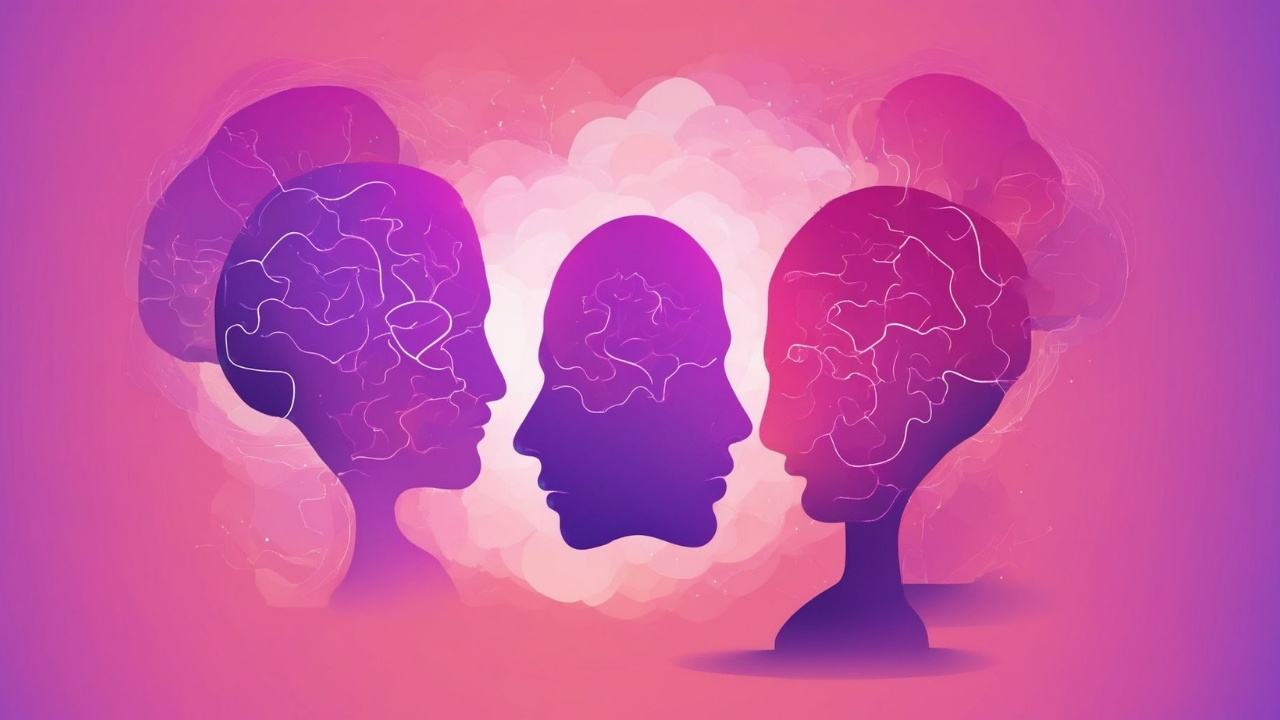
Realism is an art movement that began in the mid-19th century. It aimed to depict subjects as they were, without idealization. Artists focused on everyday life, portraying ordinary people and their surroundings. This movement emerged as a reaction against Romanticism, which emphasized emotion and imagination. Realism sought to present the world truthfully, often highlighting social issues and the lives of the working class. Key figures include Gustave Courbet, Jean-François Millet, and Honoré Daumier. Their works often featured rural scenes, laborers, and urban life. Realism influenced literature, theater, and later movements like Naturalism. It remains a significant force in understanding art and society.
What is Realism?
Realism is an art movement that began in the mid-19th century. It focuses on depicting everyday scenes and people as they are, without idealization or romanticism. This movement aimed to portray the world truthfully, often highlighting the lives of ordinary people.
- Realism emerged in France around the 1850s.
- Gustave Courbet is considered the father of Realism.
- Realist artists often depicted scenes of rural and urban life.
- Realism was a reaction against Romanticism, which emphasized emotion and imagination.
- The movement sought to represent subjects truthfully, without artificiality.
Key Figures in Realism
Several artists and writers played significant roles in the development and popularization of Realism. Their works continue to influence art and literature today.
- Jean-François Millet focused on the lives of peasants and rural laborers.
- Honoré Daumier was known for his satirical caricatures and social commentary.
- Édouard Manet bridged the gap between Realism and Impressionism.
- George Eliot, a pen name for Mary Ann Evans, was a prominent Realist novelist.
- Leo Tolstoy's works, like "War and Peace," are prime examples of literary Realism.
Realism in Literature
Realism also made a significant impact on literature, with authors striving to depict life and society accurately. They often focused on the struggles and experiences of ordinary people.
- Charles Dickens is known for his detailed and realistic portrayal of Victorian England.
- Mark Twain's "The Adventures of Huckleberry Finn" is a classic example of American Realism.
- Gustave Flaubert's "Madame Bovary" explores the mundane and often harsh realities of life.
- Henry James focused on the psychological depth of his characters.
- Emile Zola's works are known for their detailed depiction of social issues and the working class.
Realism in Art
Realist artists aimed to depict subjects as they appeared in everyday life, often focusing on the working class and ordinary scenes.
- "The Stone Breakers" by Gustave Courbet is a quintessential Realist painting.
- Jean-François Millet's "The Gleaners" portrays peasant women collecting leftover grains.
- Winslow Homer captured the American experience with works like "Snap the Whip."
- Thomas Eakins focused on the human body and everyday activities in his paintings.
- Ilya Repin's "Barge Haulers on the Volga" highlights the harsh labor conditions in Russia.
Realism's Influence on Modern Art
Realism laid the groundwork for various modern art movements. Its emphasis on truth and everyday life continues to inspire artists today.
- Realism influenced the development of Impressionism.
- The Ashcan School in the United States drew inspiration from Realist principles.
- Social Realism emerged in the 20th century, focusing on social issues and the working class.
- Photorealism, a genre that emerged in the late 1960s, strives for a high degree of realism.
- Contemporary artists like Chuck Close continue to explore Realist techniques.
Realism's Impact on Society
Realism not only changed the art world but also had a profound impact on society. It encouraged people to see the world more clearly and understand the lives of others.
- Realist art and literature often highlighted social issues and injustices.
- The movement encouraged a more scientific and objective approach to understanding the world.
- Realism helped to democratize art by focusing on ordinary people and everyday scenes.
- It challenged traditional notions of beauty and artistic merit.
- Realism paved the way for documentary photography and film.
Realism in Other Forms of Media
Realism's principles have been applied to various forms of media, including film, theater, and photography. These mediums continue to explore and expand upon Realist ideas.
- The Italian Neorealism film movement focused on the lives of ordinary people post-World War II.
- Documentary photography aims to capture real-life events and conditions.
- Realism in theater, as seen in the works of Henrik Ibsen, focuses on everyday situations and social issues.
Realism's Lasting Impact
Realism changed how we see the world. It brought everyday life, ordinary people, and real emotions into the spotlight. Artists like Gustave Courbet and writers like Leo Tolstoy showed that even the mundane could be beautiful and meaningful. This movement pushed boundaries, challenging the idealized versions of life that dominated before.
Realism's influence is still felt today. Movies, TV shows, and even social media often focus on authentic experiences and genuine emotions. This movement taught us to appreciate the beauty in truth and the power of honest storytelling.
Understanding realism helps us see the world more clearly. It reminds us that every person's story matters, no matter how ordinary it may seem. Realism's legacy lives on, encouraging us to look beyond the surface and find meaning in the everyday.
Was this page helpful?
Our commitment to delivering trustworthy and engaging content is at the heart of what we do. Each fact on our site is contributed by real users like you, bringing a wealth of diverse insights and information. To ensure the highest standards of accuracy and reliability, our dedicated editors meticulously review each submission. This process guarantees that the facts we share are not only fascinating but also credible. Trust in our commitment to quality and authenticity as you explore and learn with us.
